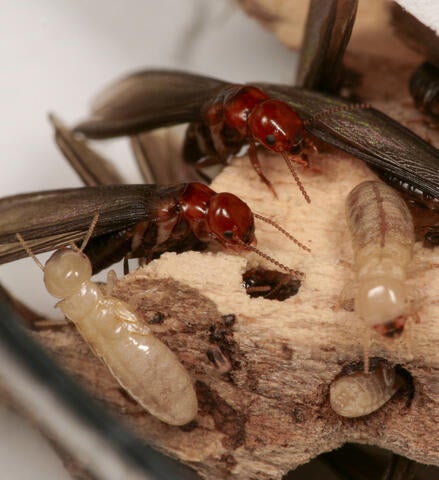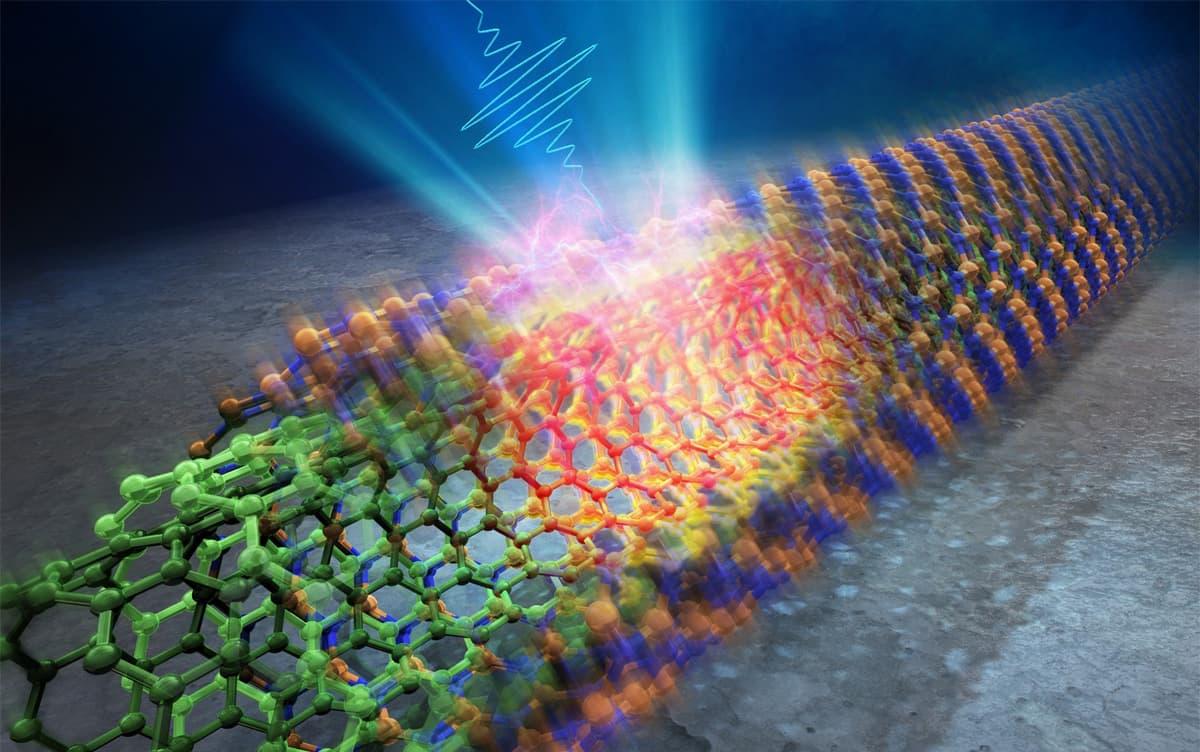2024-05-31 ペンシルベニア州立大学(PennState)
<関連情報>
- https://www.psu.edu/news/engineering/story/mussels-downstream-wastewater-treatment-plant-contain-radium-study-reports/
- https://www.sciencedirect.com/science/article/abs/pii/S0048969724022940
石油・ガス生産水の放射能が淡水ムール貝に蓄積 Radioactivity from oil and gas produced water accumulated in freshwater mussels
Katharina Pankratz, Nathaniel R. Warner
Science of The Total Environment Available online: 2 April 2024
DOI:https://doi.org/10.1016/j.scitotenv.2024.172151
Highlights
- Discharge of oil and gas produced water (OGPW) led to increased radium in mussels.
- Shell & tissue metal/Ca, 87Sr/86Sr, and 228Ra/226Ra indicate areas impacted by OGPW.
- Elemental & isotopic signatures persist in mussels years after discharges ceased.
Abstract
Legacy disposal of oil and gas produced water (OGPW) to surface water has led to radium contamination in streambed sediment creating a long-term radium source. Increased radium activities pose a potential health hazard to benthic organisms, such as freshwater mussels, as radium is capable of bioaccumulation. This project quantifies the impact of OGPW disposal on adult freshwater mussels, Eurynia dilatata, which were examined along the Allegheny River adjacent to a centralized waste treatment facility (CWT) that historically treated and then discharged OGPW. Radium isotopes (226Ra and 228Ra) were measured in streambed sediment, mussel soft tissue, and mussel hard shell collected upstream, at the outfall, 0.5 km downstream, and 5 km downstream of the CWT. Total radium activity was significantly higher (p < 0.05) in mussel tissue (mean = 3.44 ± 0.95 pCi/g), sediment (mean = 1.45 ± 0.19 pCi/g), and hard shell (mean = 0.34 ± 0.11 pCi/g) samples 0.5 km downstream than background samples collected upstream (mean = 1.27 ± 0.24; 0.91 ± 0.09; 0.10 ± 0.02 pCi/g respectively). Mussel shells displayed increased 226Ra activities up to 5 km downstream of the original discharge. Downstream soft tissue and hard shell 87Sr/86Sr ratios, as well as hard shell metal/calcium (e.g., Na/Ca; K/Ca; Mg/Ca) and 228Ra/226Ra ratios demonstrated trends towards values characteristic of Marcellus OGPW. Combined, this study demonstrates multiple lines of evidence for radium retention and bioaccumulation in freshwater mussels resulting from exposure to Marcellus OGPW.
Graphical abstract




